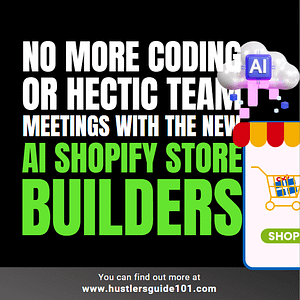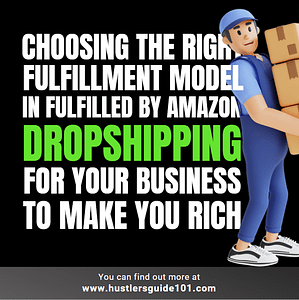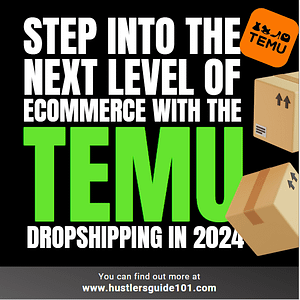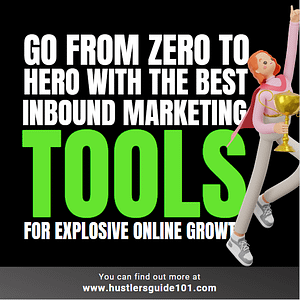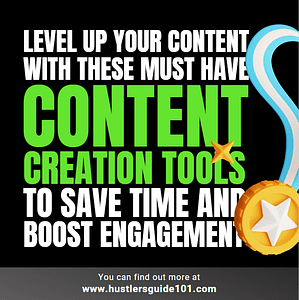
Ever find yourself staring at a blank screen, desperately trying to whip up lead-generating content in the blink of an eye? I’ve been there too, trust me. In this blog, we’re diving headfirst into the world of quick and effective content creation, and I’m dishing out 7 secret content frameworks that’ll have you churning out lead magnets in just 10 minutes!
No more content chaos, no more pulling your hair out in frustration. By the end of this read, you’ll have the power to create engaging content that not only captures attention but also converts it into valuable leads. Ready to unlock the secrets? Let’s roll!
What is content framework?
Alright, folks, let’s kick things off with the basics – what in the world is a content framework, anyway? Think of it as the trusty roadmap you need for a successful content creation journey. It’s like having a GPS that guides you through the winding roads of creativity, making sure you reach your destination without getting lost.
In simple terms, a content framework is a structured plan or template that helps you organize your thoughts and ideas when crafting content. It’s the secret sauce behind creating engaging, informative, and effective pieces of content without tearing your hair out in the process.
It’s not about stifling your creativity; it’s about giving it some structure and purpose. And let’s face it, without a plan, we often end up rambling down content rabbit holes that lead nowhere, leaving our readers bewildered and, well, content-less.
Why content creation framework matters?
Content frameworks aren’t just guidelines; they’re your content creation lifelines. They make your life easier, your content better, and your audience happier. So, don’t underestimate the power of a well-structured framework.
- Clarity Amidst Chaos: Ever stared at a blank screen, wondering where to start? Content frameworks provide a clear starting point, eliminating that dreaded writer’s block.
- Efficiency Redefined: They’re like content-creation cheat codes. Frameworks streamline the process, helping you create valuable content in less time.
- Consistency is Key: Want your audience coming back for more? Consistency is your friend, and content frameworks help you maintain a consistent tone and style.
- Tailored for Your Goals: Different content serves different purposes. Frameworks can be tailored to suit your specific objectives, whether it’s informing, engaging, or selling.
- Improved Engagement: With a structured approach, you’ll naturally craft content that resonates with your audience, leading to higher engagement rates.
- Brand Identity: Frameworks can help reinforce your brand’s identity, ensuring that your content always reflects your unique personality.
7 content frameworks to create lead-generating content
Now that we’ve got the 411 on content frameworks and why they matter, let’s roll up our sleeves and explore the amazing variety of them that can supercharge your content creation process.
AIDA (Attention, Interest, Desire, Action)
Imagine you’re crafting a piece of content, whether it’s a blog post, an email, or a social media ad. You want it to be more than just words on a screen – you want it to drive results. That’s where the AIDA framework comes into play.
AIDA is a proven approach in marketing and content creation that helps you guide your audience through a well-structured journey. Let’s break it down:
Attention: This is your chance to make a grand entrance. In a world filled with distractions, you need to grab your audience’s attention right away. A compelling headline, a striking image, or a thought-provoking question can do the trick. Think of it as the opening act of your content.
Interest: Now that you have their attention, it’s time to pique their interest. Provide valuable information, tell a captivating story, or present intriguing facts. You want your audience to think, “This is interesting; I want to know more.”
Desire: You’ve got their attention, and they’re interested – now it’s time to fan the flames of desire. Show them how your product, service, or message can make their lives better. Highlight the benefits, address their pain points, and make them crave what you’re offering.
Action: The final act is all about action. What do you want your audience to do next? Whether it’s signing up, making a purchase, sharing your content, or contacting you, the call to action (CTA) should be clear and compelling. It’s the moment where your audience becomes an active participant.
Where to Use AIDA?
The beauty of the AIDA framework is its adaptability. You can use it in a wide range of content and marketing contexts:
- Blog Posts: Craft attention-grabbing headlines, maintain interest with valuable content, create desire through storytelling, and end with a clear call to action.
- Email Marketing: Use AIDA to structure your emails, from the subject line (Attention) to the body (Interest, Desire) and the CTA (Action).
- Sales Pages: AIDA is a perfect fit for sales pages, where you need to capture attention, build interest, create desire for your product, and prompt action.
- Social Media Ads: In the limited space of social media ads, AIDA helps you make every word count, from the opening line to the CTA button.
- Presentations: Whether it’s a pitch to potential clients or an internal presentation, AIDA ensures your message is structured for maximum impact.
BAB (Before-After-Bridge)
Have you ever found yourself utterly captivated by a story – one that takes you from a relatable problem to an inspiring solution? That’s the essence of the Before-After-Bridge (BAB) framework, a storytelling technique that can turn your content into a persuasive powerhouse.
The BAB framework is a storytelling approach used in content creation and marketing. It’s composed of three essential elements:
Before: This is the “problem” phase. You start by introducing the audience to a relatable challenge, issue, or situation. Essentially, you paint a picture of the “before” scenario, something your audience can nod their heads in agreement with.
After: In the “after” phase, you present the solution or transformation. You showcase the improved situation, benefits, or positive outcomes that can be achieved. This stage sparks hope, aspiration, and a desire for change.
Bridge: The bridge connects the “before” and “after.” It’s where you explain how your product, service, or message acts as the bridge that takes your audience from the problem to the solution. This is the persuasive element of your content, where you inspire action.
Where to Use BAB?
The versatility of the BAB framework makes it applicable to various content types and marketing contexts:
- Case Studies: Use BAB to present real-life success stories of your customers. Show how they faced challenges (before), embraced your solution (after), and achieved remarkable results.
- Testimonials: Encourage satisfied customers to share their journeys. Let them describe the problems they faced, how your offering transformed their situation, and why they recommend it.
- Product Demonstrations: Whether through videos or written guides, apply BAB to illustrate how your product or service addresses a specific problem or pain point and provides a solution.
- Sales Presentations: Structure your sales pitches using BAB. Start with the customer’s pain points, present your product as the solution, and conclude with a call to action.
- Marketing Campaigns: Incorporate BAB into your marketing messages, from email campaigns to social media ads. Highlight the “before” struggles, present your product as the answer, and invite action.
PAS (Problem, Agitate, Solution)
Ever felt like a product or service truly understands your problems and offers the perfect solution? That’s the magic of the PAS framework, a persuasive tool that can turn your content into a problem-solving machine.
The PAS framework is a strategic approach used in content creation and marketing. It consists of three essential elements:
Problem: This is where you start by identifying and empathizing with your audience’s pain points, challenges, or issues. You shine a spotlight on the problem, creating a relatable and emotionally charged beginning.
Agitate: In the “agitate” phase, you dive deeper into the problem. You amplify the pain points, emphasizing the negative consequences, frustrations, or dilemmas your audience faces. This stirs emotions and intensifies the need for a solution.
Solution: The final phase is all about presenting the solution. You introduce your product, service, or message as the answer to the problems you’ve highlighted. This is the part where you provide relief and hope, making your solution irresistible.
Where to Use PAS?
The PAS framework is versatile and can be applied to various content types and marketing contexts:
- Sales Pages: Structure your sales copy using PAS. Begin by acknowledging the customer’s pain points, agitate them by highlighting the consequences of inaction, and present your product as the ultimate solution.
- Landing Pages: Use PAS to create persuasive landing pages that convert visitors into leads or customers. Clearly address the problem, agitate it to create urgency, and offer your solution through a compelling CTA.
- Email Marketing: Employ PAS in your email campaigns. Start with a problem your audience faces, agitate it to emphasize the need for a solution, and offer your product or service as the remedy.
- Content Marketing: PAS can enhance your blog posts, articles, and videos. Address a specific problem, agitate it by providing examples and statistics, and conclude with a solution that aligns with your content.
- Advertisements: Whether it’s a print ad or a digital banner, PAS can make your ads more persuasive. Begin by grabbing attention with the problem, agitate it to create discomfort, and then provide your product or service as the way out.
PPT (Picture, Promise, Transition)
Have you ever been drawn into a story that not only identifies a problem but also promises a brighter future and a clear path to get there? That’s the essence of the PPT framework, a storytelling technique that can turn your content into a vision of transformation.
The PPT framework is a strategic approach used in content creation and marketing. It consists of three key elements:
Picture: This is where you start by painting a vivid picture of your audience’s current situation, emphasizing their challenges, pain points, or frustrations. You create a relatable and emotionally charged beginning.
Promise: In the “promise” phase, you offer a vision of a better future. You describe the benefits, solutions, or positive outcomes that can be achieved by embracing your product, service, or message. This instills hope and aspiration.
Transition: The final phase is about presenting the transition from the current situation to the promised future. You explain how your offering provides the bridge that takes your audience from problem to solution. This is where you guide them on the journey to transformation.
Where to Use PPT?
The PPT framework is versatile and can be applied to various content types and marketing contexts:
- Sales Presentations: Structure your sales pitch using PPT. Begin by painting a picture of the customer’s current challenges, promise a brighter future with your product, and guide them through the transition with a clear call to action.
- Website Homepages: Use PPT to create compelling homepage content. Start by identifying the problems your audience faces, promise a solution through your product or service, and provide clear navigation options for visitors to transition into your website.
- Product Descriptions: Enhance your product descriptions by employing PPT. Describe the pain points your product addresses, promise the benefits it offers, and guide customers through the purchasing process.
- Marketing Videos: Incorporate PPT into your video scripts. Begin by setting the stage with the current situation, promise the transformation with your message or product, and provide a clear transition through a CTA.
- Content Marketing: PPT can be a powerful addition to your blog posts, articles, and ebooks. Address a specific problem, promise a solution, and provide actionable steps or resources to guide readers toward the desired outcome.
FOMO (Fear of Missing Out)
Have you ever felt the urge to act quickly because you didn’t want to miss out on something special? That’s the essence of the FOMO framework, a persuasion technique that leverages the fear of missing out to drive action.
FOMO, or Fear of Missing Out, is a psychological phenomenon where individuals experience anxiety or unease at the thought of missing out on something others are experiencing or benefiting from. In marketing and content creation, the FOMO framework is designed to trigger this emotional response in your audience to encourage them to take action.
Scarcity: This involves emphasizing that a product, offer, or opportunity is limited in quantity or time. It communicates that there’s a shortage, which can trigger a fear of missing out.
Urgency: Urgency complements scarcity by adding a time-sensitive element. It encourages immediate action by suggesting that the opportunity won’t be available for long.
Where to Use FOMO?
The FOMO framework can be effectively applied in various content types and marketing contexts:
- Limited-Time Offers: Promote sales, discounts, or promotions with clear end dates. Highlight the limited availability to encourage immediate purchases.
- Event Marketing: Use FOMO to drive event registrations by emphasizing the exclusivity of attending, limited tickets, or early-bird pricing.
- Email Campaigns: Employ FOMO in email subject lines or body content to encourage subscribers to open emails and take action quickly.
- Social Media Posts: Create FOMO in your social media marketing by showcasing user-generated content or sharing time-sensitive announcements.
- Product Launches: Build anticipation and excitement around product launches by teasing limited stock or exclusive access for early buyers.
- Contests and Giveaways: Promote contests or giveaways with a deadline, encouraging participation and sharing among your audience.
SSS (Start, Story, Solution)
Have you ever been drawn into a story that not only captures your attention but also provides a solution to a problem you’re facing? That’s the essence of the SSS framework, a storytelling technique that combines the power of narrative with practical solutions.
The SSS framework is a strategic approach used in content creation and marketing. It’s composed of three essential elements:
Start: This is where you begin by setting the stage and grabbing your audience’s attention. It’s the hook that piques their curiosity and encourages them to keep reading or listening.
Story: In the “story” phase, you delve into the narrative. You tell a compelling story that connects with your audience on an emotional level. This is where you establish relatability and build empathy.
Solution: The final phase is all about presenting the solution. You introduce your product, service, or message as the answer to the challenges or dilemmas presented in the story. This is where you provide practical guidance or insights.
Where to Use SSS?
The versatility of the SSS framework makes it applicable to various content types and marketing contexts:
- Blog Posts: Craft engaging blog posts using SSS. Start with a captivating introduction, share a story that resonates with your audience, and conclude with practical solutions or takeaways.
- Presentations: Structure your presentations using SSS. Begin with a captivating opening, weave a relevant story throughout your talk, and conclude with actionable insights or recommendations.
- Video Marketing: Incorporate SSS into your video scripts. Start with an attention-grabbing scene, narrate a story that connects with viewers, and conclude with a clear call to action.
- Email Campaigns: Employ SSS in your email marketing efforts. Begin with an intriguing subject line, share a story within the email body, and end with a compelling CTA.
- Content Marketing: SSS can elevate your content marketing strategy. Address a specific problem, tell a relatable story, and provide practical solutions or resources in your content.
BUD (Budget, Urgency, Desire)
Have you ever wondered how to tailor your marketing efforts to potential customers who are ready to make a purchase? The BUD framework provides a strategic approach to understanding and catering to the specific needs and motivations of leads in different stages of the buying journey.
The BUD framework is a strategic approach used in sales and marketing. It focuses on the three key factors that influence a lead’s decision-making process:
Budget: This factor assesses whether a lead has the financial means to make a purchase. It’s crucial to determine if they can afford your product or service.
Urgency: Urgency gauges how quickly a lead needs a solution. It helps you identify whether a lead is actively looking for a solution or if their need is more long-term.
Desire: Desire measures the level of interest and enthusiasm a lead has for your product or service. It indicates whether they genuinely want what you’re offering.
Where to Use BUD?
The BUD framework can be effectively applied in various sales and marketing contexts:
- Sales Calls: Use BUD to tailor your sales pitches based on the lead’s budget, urgency, and desire. This allows you to address their specific needs and motivations.
- Email Marketing: Incorporate BUD into your email campaigns by segmenting your email list and sending targeted messages to each segment.
- Content Marketing: Create content that speaks to leads at different points in the BUD framework. For example, educational content for leads with low urgency but high desire, and special offers for leads with high urgency.
- Lead Scoring: Implement lead scoring systems based on BUD factors to prioritize follow-ups and allocate resources effectively.
- Customer Relationship Management (CRM): Utilize CRM tools to track and manage leads’ BUD characteristics, allowing your sales team to make data-driven decisions.
![59 Content Frameworks [50M+ Views & $10M+ sales]](https://ml7mr2tqkwmf.i.optimole.com/cb:ybm1.679b9/w:1024/h:535/q:mauto/f:best/https://hustlersguide101.com/wp-content/uploads/2023/09/ebook-for-blog.jpg)
Hot FAQs: Content frameworks
What is the most popular content framework?
The AIDA framework is versatile and can be applied to various types of content, from blog posts and landing pages to social media ads and email campaigns. By following this framework, you can guide your audience through a well-structured content journey that not only captures their attention but also leads to meaningful actions.
What is most effective web content framework?
The effectiveness of a web content framework depends on your specific goals, but the “How-To Guide” framework is often highly effective as it provides valuable information, solves problems, and positions you as an expert in your field, which can lead to better engagement and conversions.
What are the 4E’s of content creation?
The 4E’s of content creation are Educate, Engage, Entertain, and Establish. These principles guide content creators to provide valuable information, capture audience interest, make content enjoyable, and build authority and trust in their niche.
How do you structure content creation?
Structure content creation by following these steps:
- Research: Understand your audience and topic.
- Plan: Outline key points and create a content framework.
- Create: Write, design, or produce your content.
- Edit: Review for clarity, grammar, and style.
- Optimize: Ensure SEO and readability.
- Publish: Share your content on the right platforms.
- Promote: Share on social media, email, etc.
- Analyze: Track performance and adjust as needed.
What are 5 pillars of content creation?
The 5 pillars of content creation are:
- Quality: Make sure content is accurate and valuable to the audience.
- Relevance: Ensure your content aligns with the needs and interests of your target audience.
- Consistency: Regularly produce content to maintain audience engagement and trust.
- Originality: Offer unique perspectives and ideas to stand out in a crowded content landscape.
- Promotion: Actively promote your content through various channels to reach a wider audience and maximize its impact.
Wrapping up: Content frameworks
So, content champ, we’ve reached the finish line of this epic journey of content frameworks. But guess what? The adventure doesn’t end here! Armed with these 7 content frameworks, you’re now equipped to conquer the content creation battlefield with ease.
No more agonizing over lead generation, no more wrestling with writer’s block. Your audience awaits, hungry for your knowledge, and you’re ready to serve it up in just 10 minutes flat.
Related:
24 Effective Higher Education Lead Generation Strategies
What is White Label Lead Generation? A comprehensive guide
White label content creation: What is it and why do you need it?


